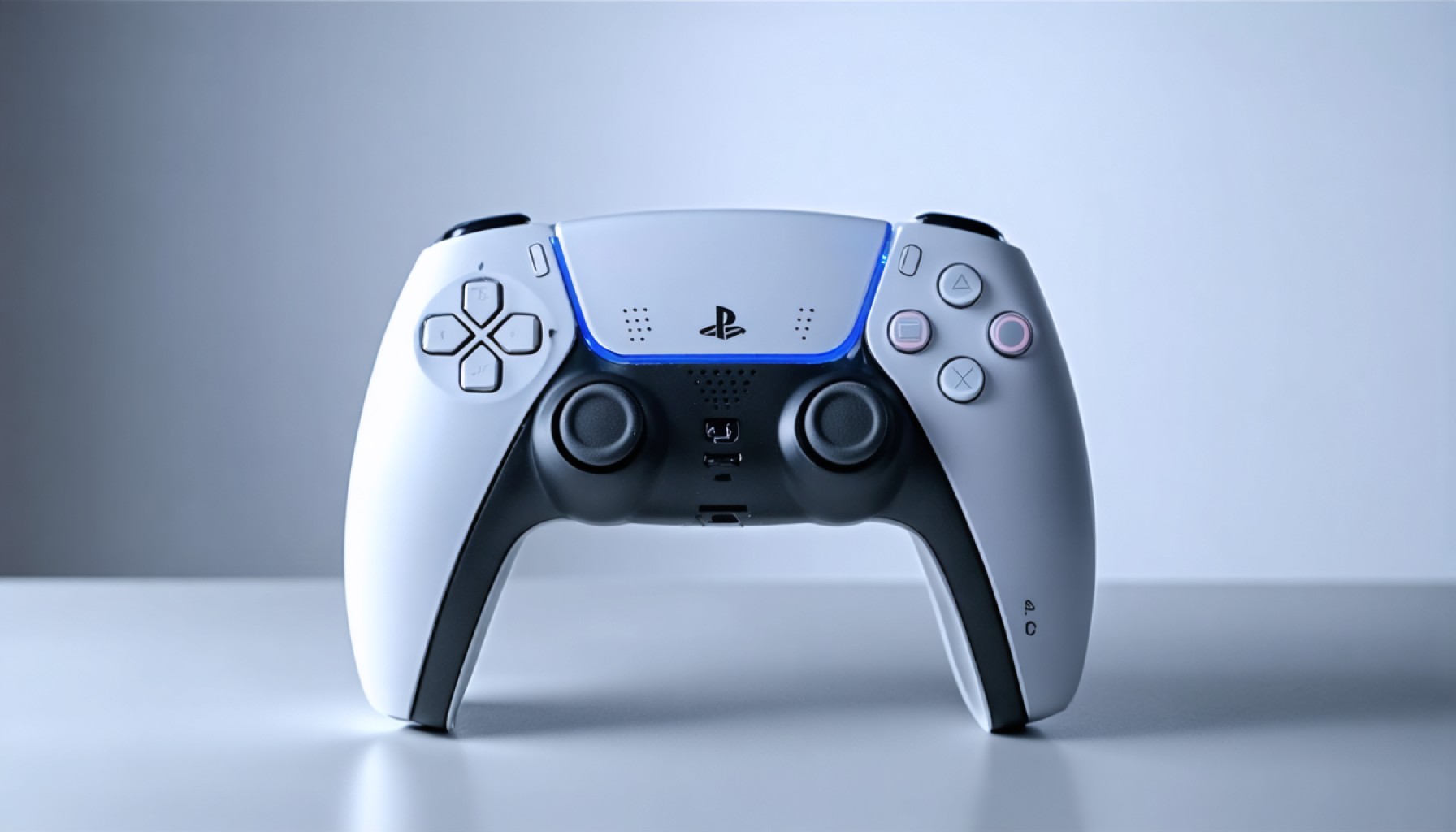- Sony has increased PlayStation 5 prices across Europe, the Middle East, Africa, Australia, and New Zealand, affecting gaming enthusiasts with higher costs.
- The price hike reflects broader economic challenges, including high inflation, exchange rate fluctuations, and international tariffs.
- The impact of US-China trade tensions, particularly tariffs, significantly influences production and distribution costs for gaming companies.
- PlayStation 5 prices now stand at €499.99 in Europe, £429.99 in the UK, AUD $829.95 in Australia, and NZD $949.95 in New Zealand.
- Strategic adjustments are necessary as companies such as Nintendo navigate changing tariffs and operations, such as those in Vietnam.
- The situation showcases the influence of the global economy on consumer products and the importance of being informed of these dynamics.
Beneath the surface of global markets, a quiet upheaval stirs. Sony has unveiled a striking decision to hike the price of its PlayStation 5 across several regions, weaving economic turbulence into the fabric of gaming culture. This move, affecting Europe, the Middle East, Africa, as well as Australia and New Zealand, leaves enthusiasts eager for the next-gen console facing an unexpected financial bump.
Economic Strains and Strategic Moves
The pricing ripple Sony ushered in rides on the coattails of broader economic challenges. Factors like high inflation, fluctuating exchange rates, and a landscape altered by international tariffs are at play. President Donald Trump’s tariffs have cast a shadow on the production and distribution of goods, recalibrating costs for companies deeply entrenched in the global supply web, like Sony and its principal competitor, Nintendo.
For aficionados in Europe, the digital-only PlayStation 5 now commands a heftier price at €499.99. In the UK, this figure stands at £429.99. Down under, Australians will face prices of AUD $829.95 for the standard version, while its counterpart in New Zealand will cost NZD $949.95. Across these markets, the cost of enjoying the cutting-edge gaming experience has risen – a direct reflection of the complex economic environment shaping today’s gaming enterprises.
The Broader Implications of Trade Tensions
At the heart of this turmoil lies the distribution gridiron between the US and China. China, a critical assembly hub for consoles, now finds itself navigating stiff duties. These sizzling tariffs—upping to a steep 145 percent—instigate strategic recalibrations in the corporate echelons of gaming giants. Nintendo’s operations in Vietnam, fortunately, sidestep for now, as a 90-day tariff reprieve softens the blow.
For gamers worldwide, the clash of economic titans translates into a tangible change: the price tag on their entertainment. While PlayStation’s price evolution could seem like a mere fiscal footnote, it’s a testament to the global economy’s tumult and the resilience businesses must muster to navigate this landscape.
A Call to the Consumer
As players brace for these adjustments, a critical takeaway emerges: our interconnected world economy, with all its complexities, ultimately threads its way into our daily lives and leisure. By understanding these underlying forces, consumers can make informed choices and better anticipate the ripples of international policy on the beloved consoles that captivate their living rooms. More than a manifestation of policy impact, this shift is an invitation—an invitation to engage with the broader narrative of a global economy in flux.
PlayStation 5 Price Hike: What It Means for Gamers in 2023
Introduction: Navigating Economic Challenges in Gaming
In a surprising move, Sony has increased the prices of its PlayStation 5 consoles in several key markets, including Europe, the Middle East, Africa, Australia, and New Zealand. This decision reflects broader economic challenges impacting the gaming industry, from high inflation to international tariffs.
Understanding the Price Surge
The new pricing strategy sees the digital-only PlayStation 5 priced at €499.99 in Europe and £429.99 in the UK. In Australia, the standard version costs AUD $829.95, and in New Zealand, it’s priced at NZD $949.95. These increases are a direct response to economic pressures such as fluctuating exchange rates and tariffs mainly stemming from U.S.-China tensions. This scenario is not unique to Sony; competitors like Nintendo are also feeling the heat.
Broader Economic Impacts on Gaming
Tariffs on Chinese goods, affecting assembly hubs for major consoles, have implications beyond price tags. With tariffs peaking at 145%, companies are forced to recalibrate strategies, affecting every player in the supply chain. Nintendo’s temporary tariffs relief due to operations in Vietnam highlights how geopolitical decisions translate to business strategies in gaming and electronics.
What This Means for Gamers
For gamers, this price increase manifests as a tangible shift in entertainment costs. While initially perceived as a corporate decision, this price change is intricately linked to international economic policies. The adjustment not only underscores the resilience needed by businesses but also the consumer’s role in navigating these changes.
Practical Steps for Gamers Amid Price Increases
1. Consider Alternate Editions: Explore options like digital-only consoles which could offer slight relief in pricing.
2. Look for Bundles: Retailers often provide bundles during sales which might soften the impact of price increases.
3. Pre-Owned Market: Evaluate the pre-owned consoles market which can offer better prices amidst inflating new unit costs.
4. Compare Across Regions: If possible, compare prices across regions for potential savings on imports.
Market Forecasts & Future Trends
Looking forward, expect continued volatility in the gaming market. Companies are adapting to these economic pressures by decreasing reliance on single-region manufacturing. Meanwhile, digital distribution is growing, which might alleviate some physical distribution costs.
Security & Sustainability in the Gaming Industry
As supplied shortages loom from tariffs, ensure devices are from reliable sources to avoid counterfeits. Additionally, electronic waste is a growing concern; recycling old consoles can mitigate environmental impacts.
Conclusion: Turning Challenges into Opportunities
While the price rise is initially jarring, it invites consumers to engage with the global economic narrative shaping their gaming experiences. By making informed decisions, such as capitalizing on trade-ins or evaluating alternatives, gamers can continue to enjoy next-gen console experiences without overstretching their budgets.
For more insights, visit Sony.
